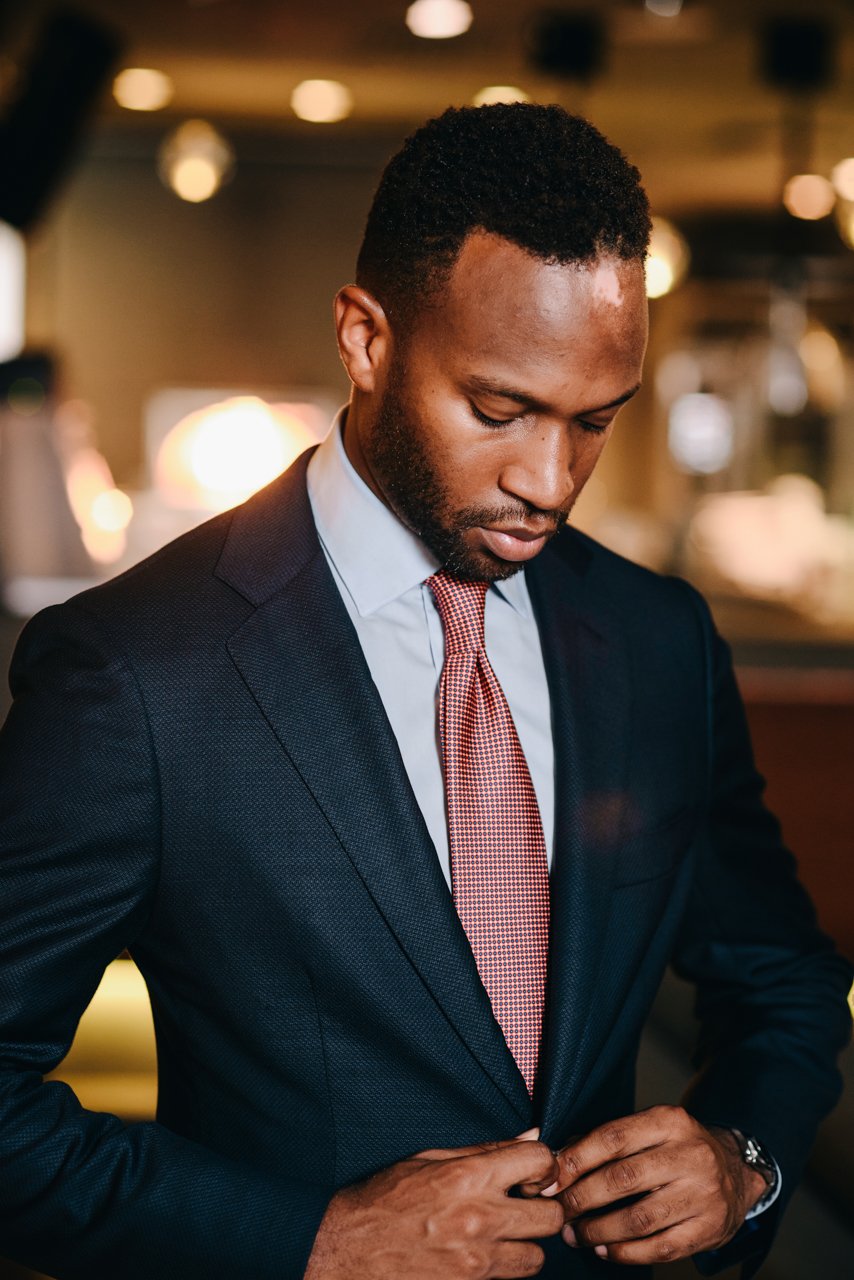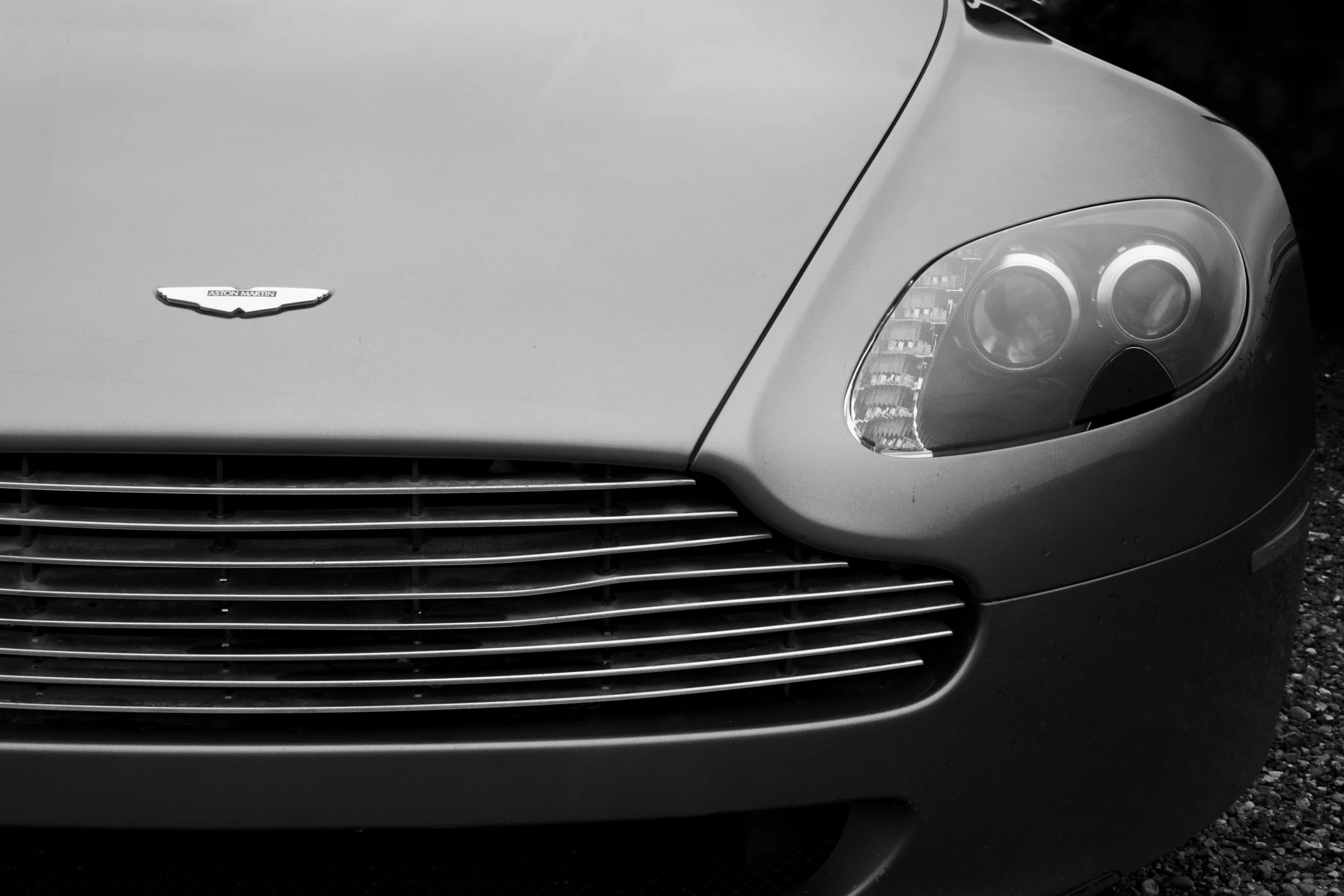Elia Photography Jerusalem Since 1910
Tucked away in the Christian Quarter of Jerusalem’s Old City, there stands a quaint photo shop that has been operating since 1949. Inside, you will be transported to Jerusalem of years ago, through an extensive archive of photos taken by Elia Kahvedjian, one of the greatest photographers in Jerusalem of the early 20th century. Today, the shop functions as a small museum, of life in Jerusalem before we can remember it- photos that pieces together history to better understand our roots.
Elia Kahvedjian was born in Urfa, Southeast Turkey in 1910. A survivor of the Armenian genocide, most of his family was massacred in front of his eyes when he was just five years old. Joining his mother on a death march towards the Syrian desert, with her quick thinking and desperation to save her son’s life, she gave him to a passing Kurdish stranger. As soon as the Kurd took little Elia beyond the hill, he remembers gunshots, screams and after a few minutes, total silence.
The Kurdish family cleaned him and fed him, and then sold him as a slave to a Syrian Christian blacksmith for two gold coins. When the blacksmith’s wife passed away, he remarried a woman who told Elia that he was free to go. While freedom may sound like a prize, for Elia it was a frightening reality. As an Armenian child in the throes of war, homeless and hungry, every day was a fight to survive. Elia’s grandson George— who operates the shop today— is certain that his grandfather’s will was a force to be reckoned with, the only way to explain his survival. Elia miraculously found his way, until the American Near East Relief foundation gathered one hundred thousand Armenian orphans and brought them to orphanages in the Middle East. Elia was brought to an orphanage in Nazareth and found solace in his new home. When asked for his last name, he couldn’t remember it— but he recalled that his father was a coffee merchant. And so they called him Kahvedjian— "kahve" being the Turkish word for coffee— the family name that remains to this day.
As the strongest boy in the group, Elia was chosen to assist his teacher— who was also a photographer- to carry the negatives (which were big glass plates in the 1920s)— a task that gave Elia a peak into the world of photography. He was intrigued by how an image was captured on a glass plate, and he started asking questions which built the foundation for his lifelong passion.
When Elia he turned sixteen he was told that he was a man, and it was time for him to take care of himself. He moved to Jerusalem and started to work for the Hananya Brothers photography shop where he was eager to learn in a profession he loved. When the Hananya Brothers sought to move to England in 1930, Elia wanted to purchase their business- but with no money, this initially seemed out of his reach. Determined to make it work, Elia offered three times the amount that the shop was worth, for their agreement that he pay in monthly installments. After three years, the debt was paid, and Elia Photo Service was born.
Business was successful and in a short amount of time, and Elia made a small fortune. With his earnings, he purchased a small plot of land near the Mount of Olives (where the family lives today).
Elia was an approved military photographer for the British and it was 1948, just a few days prior to the war. A British officer who was one of Elia’s friends alerted him to the impending danger and told him to remove all the contents of his shop. He brought two big military trucks to transport the equipment to their basement in the Armenian quarter. Two days later, everything was burnt and ransacked. For the third time in his life, Elia needed to start over from scratch.
But Elia was not one to surrender to a challenge, nor to the naysayers— and he opened his shop again in 1949. His shop functioned as a regular photography business throughout the war, and at the end of 1967 when everyone was just starting over, Elia was already well established.
It was 1987 when the basement in the Armenian quarter was cleared, and the negatives dating back to 1924 were found. While Elia was quick to say that these old negatives could be discarded, it was the last thing that his family would do. His son, Kevork, sat with him to identify the photos, their dates and the story behind each picture.
In 1990, the first exhibition of Elia’s photos took place at the American Colony Hotel in Jerusalem. The family was surprised by the overwhelmingly enthusiastic reaction to the photos, and it prompted them to stop their work in weddings and studio pictures, and to dedicate their time and energy to the old photos; printing, cataloguing, and finally publishing the book Jerusalem Through My Father’s Eyes. Since then, Elia Photo was featured in Time Out magazine, and in a National Geographic film.
George is captivated by the photos, that he says, personify who his grandfather was. After all that he experienced, one would think that he would lose his love for others— but in fact the contrary is true. Elia loved people and all of humanity. What he experienced didn’t break him, but made him stronger. George especially loves the way his grandfather captured the characters in the market and other encounters of daily life, giving us a glimpse into the world before we knew it.
Today, Elia Photo Service attracts visitors from all around the world, each searching for something different. The photos are unique and make the perfect gift for the person who has everything. Elia Photo Service also sells photos from other photographers dating back to 1860; a century and a half of history.
Jerusalem is an ever-changing city, which offers many opportunities to take photos. And yet, George works full time at the shop and therefore finds little time to pursue his passion. By the time he leaves work, he says, the lighting isn’t always ideal. On the weekends, he’s on the lookout for the perfect shot, and he especially likes to capture the same landmarks in his grandfather’s photos, to highlight the differences and how things have changed.
George is committed to continue in the footsteps of his father and grandfather, and to keep the shop going. Will Elia’s great-grandson join in the business? At just twelve years old, only time will tell.













